Introduction To The Transformation Of LPG Equipment
Liquefied petroleum gas conversion not only converts your vehicle into a dual fuel system, but also helps you obtain the necessary licenses to drive your vehicle on the road.

Operating components of LPG kit
The components required for the LPG conversion kit include: fuel tank, regulator, fuel rail, adapter, plug, new refueling computer, and liquefied petroleum gas injector.
The liquefied petroleum gas conversion kit is essentially a building system that retains all parts of the old fuel system and builds a new system based on it, making it a dual fuel system capable of using gasoline/diesel and liquefied petroleum gas systems.
The storage tank contains high-pressure liquefied petroleum gas in liquid form, with a capacity of 30 to 100 liters. The fuel tank is an integral part of the entire conversion system and must be installed with metal straps on the rear or luggage compartment of the vehicle to prevent movement while driving. The fuel tank must be a permanent component of the vehicle. Some car manufacturers now offer factory installed liquefied petroleum gas kits, which are a safer and more reliable system. The multi valve used for controlling and checking fuel tank filling has an 80% stop filling safety function. This means that when 80% of the storage tank is full, the valve closes and no further filling is allowed.
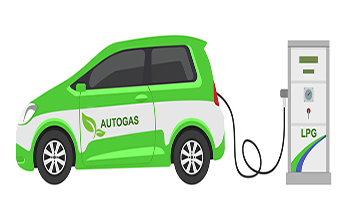
A device that automatically shuts off the fuel tank and fuel supply when the pipeline ruptures. In an appropriate liquefied petroleum gas retrofit system, the pressure valve automatically controls gas flow in the event of an accident, thereby preventing gas leakage into the vehicle. This greatly reduces the possibility of fire or explosion.
The LPG solenoid valve controls the LPG flow rate entering the system according to the selected mode. The LPG/gasoline switch allows drivers to choose the fuel they want to use. This clearly means that your vehicle can be driven using any fuel source. Therefore, when you drive for a long time on the road, you are not limited to the supply of liquefied petroleum gas. The pressure regulator can evaporate liquefied petroleum gas from liquid to gaseous state. A pressure regulator can evaporate liquefied petroleum gas from liquid to gaseous state.
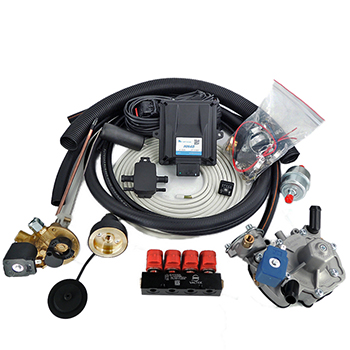
The penetration of automotive natural gas into the market largely depends on its competitiveness relative to gasoline and diesel (i.e. the economic attractiveness of end-users turning to natural gas fuels). This largely depends on the cost of modifying the vehicle and the retail price of gasoline relative to diesel and gasoline. Due to the upfront capital expenditure required to convert vehicles to use automotive gas, as well as some minor inconveniences. Car owners need to compensate by reducing operating costs, and fuel is the most important. The time required to offset capital costs with saved operating costs (investment payback period) depends on the usage of the vehicle, i.e. the average distance traveled per month or year. The key aspect of investment payback period is to what extent government incentive measures reduce initial expenditures (through subsidies) and fuel costs (through preferential taxation). In practice, the investment payback period is usually within two to three years to encourage commercial vehicle owners to replace their vehicles; Individuals often demand faster investment returns. The absolute level of automobile gasoline tax is not important, what is important is its relative absolute value to traditional fuels, as it helps determine the financial scale that can be saved by switching to automobile gasoline.
The pictures and articles are from the internet. If there is any infringement, please contact us to delete them.
Popular articles
-
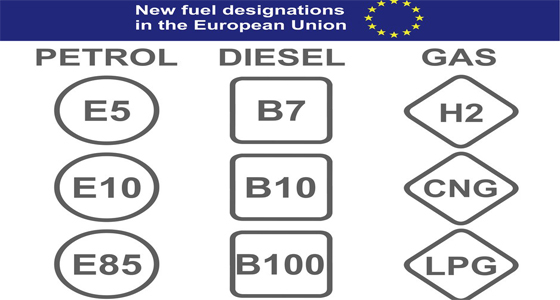
Advantages Of CNG Gas V
Compressed natural gas vehicles are vehicles th
-
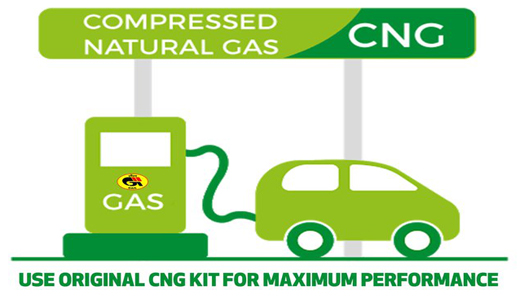
How the CNG Automotive S
Compressed natural gas (CNG) automotive systems
-
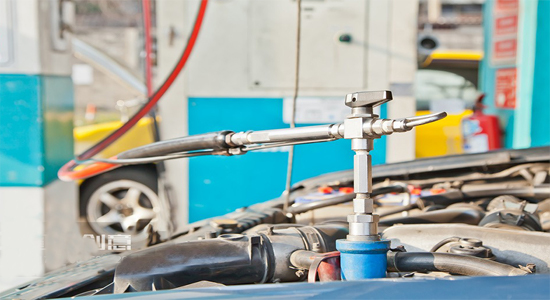
What Is CNG Pressure Red
The pressure reducer of natural gas vehicle is
-
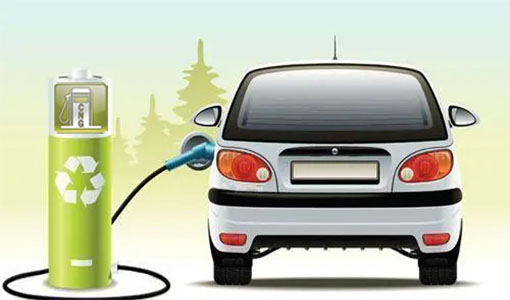
Advantages And Principle
LPG and CNG are two mainstream alternati
-
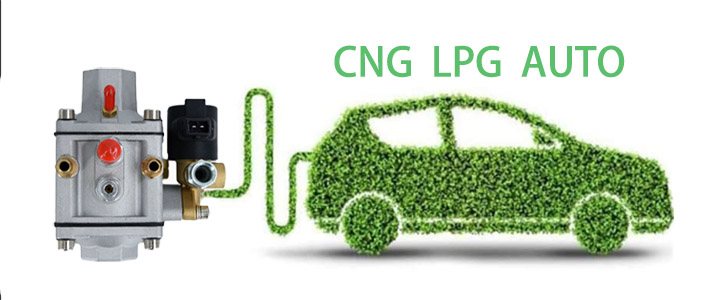
Differences Between Sing
Characteristics of Gas Single Point Device
-
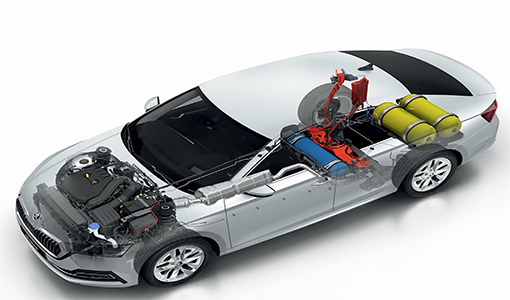
Reasons For High Gas Con
1. Original vehicle condition A. The tec
-
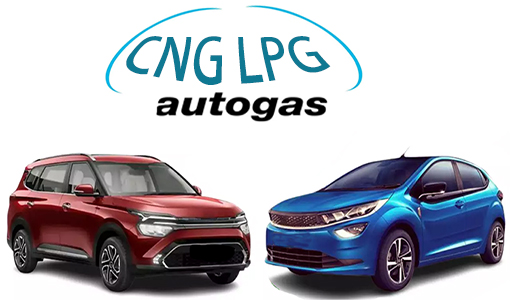
How To Improve The Power
1. Install ignition advance angle What i
-
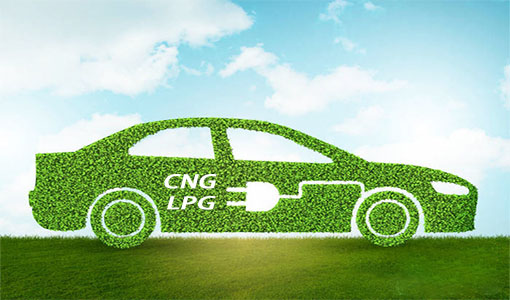
How The CNG Gas Vehicle
If you want to know ¨C how does the CNG conversi







Latest comments
0piece comment
no comments, welcome to comment¡£